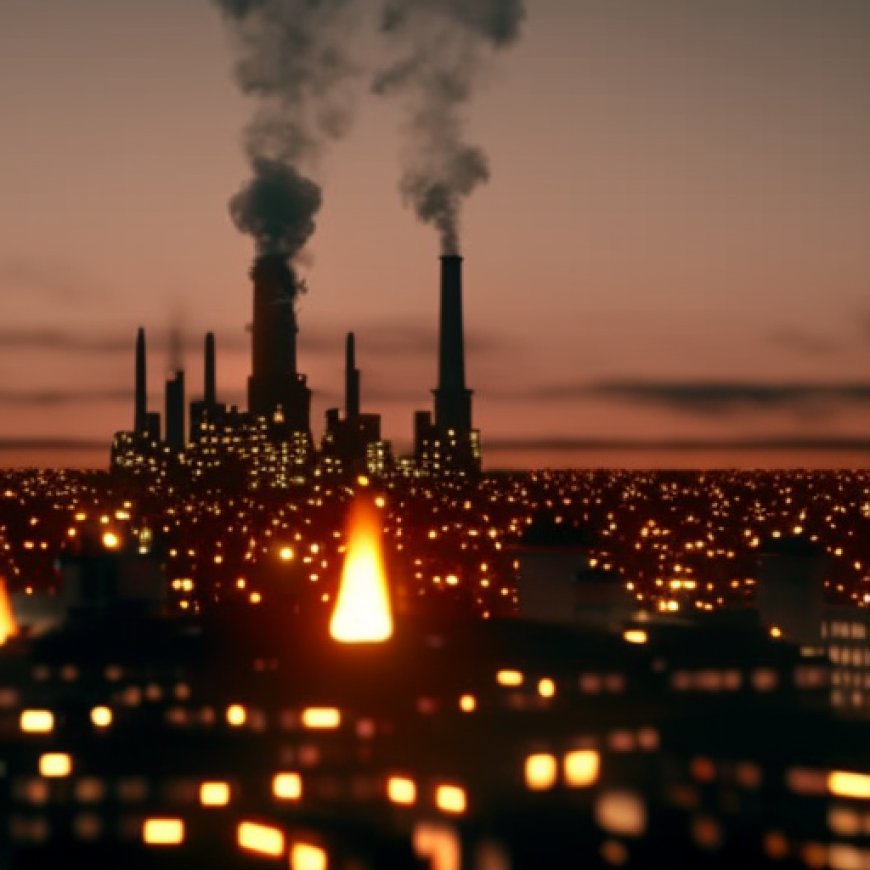City to burn Highview home with chemicals inside. What to know about the air pollution
Louisville plans chemical burn in Highview: What about air pollutants? Courier Journal


The Hazards of a Highview Home: A Report on the Controlled Burn
Introduction
After finding explosives and hazardous chemicals in a Highview home, experts from all levels of government have determined the only safe way to eliminate the remaining hazards is to burn the property to the ground.
Officials are still planning the controlled burn. In the meantime, the mayor announced a door-to-door canvassing effort in a half-mile radius to help neighbors understand the situation and the potential for evacuations.
Neighborhood Meeting
A neighborhood meeting will be held Monday at 6:30 p.m. at Highview Baptist Church, 7711 Fegenbush Lane.
The Chemicals Involved
The condemned home contains “picric acid, as well as other explosive materials and industrial grade chemicals,” but city officials have declined to comment further on the exact substances discovered.
Based on released photos, mounds of clutter, including industrial-grade chemicals and equipment, are heaped high enough to completely conceal the floor in some parts of the home.
Risks of Burning
“They know about the picric acid, they know about him making TNT. What else has this guy done?” asked Silverio Caggiano, a retired battalion chief from the Youngstown Fire Department in Ohio with decades of experience advising on hazardous materials.
Officials have indicated uncertainty about substances that could be hidden under the clutter. Asked about his concerns over undiscovered hazardous substances in the home, Mayor Greenberg said: “We’re concerned about everything.”
Air Pollution Concerns
While this situation is unique for Louisville’s emergency officials, it is not unprecedented nationally.
“Controlled burns like this have been safely done in the past,” a statement from the city reads.
In 2010, near San Diego, California, officials decided to incinerate a house filled with chemicals that were too volatile to move, necessitating evacuations.
But even the smoke from a regular house fire contains toxics, as materials like metals, plastics, drywall and household cleaning supplies burn up and release hazardous fumes.
For example, the Highview home was built in 1960, according to a Zillow listing — years before federal legislation banned the use of lead paint in residences. It’s not unlikely that a layer of lead paint was applied to some part of the home since its construction, and that lead would be burned into the air from the fire.
And the detonation of remaining weapons in the home could produce hazardous emissions, including “potentially, things like perchlorate, which degrade into dioxins and furans,” said Jen Richmond-Bryant, an associate professor at North Carolina State University whose research focuses on spatial analysis of air pollutants and human exposures.
Those chemicals can cause severe health effects, including cancer, if emitted by the burn.
Pollution and Its Impact
Air monitoring has been conducted inside the home, and will continue before, during and after the controlled burn. The mayor has assured the public that the burn won’t happen until safety is guaranteed.
“This is going to be a meticulously planned event carried out by professionals, supervised by experts from multiple fields including hazardous materials, explosives, and public health,” Mayor Greenberg said. “It will not happen, and I will not authorize it until we are ready to do this safely.”
Environmental Impact
Officials have begun modeling potential plumes from the burn, to determine evacuation procedures and optimal weather conditions.
Caggiano said a one-mile radius evacuation would be prudent, especially if officials aren’t sure of exactly what’s in the home. The plume, he said, could affect people miles away.

Join us, as fellow seekers of change, on a transformative journey at https://sdgtalks.ai/welcome, where you can become a member and actively contribute to shaping a brighter future.







